Last month, we did a deep dive into microplastics – what they are, and what they have to do with your clothes. This month, we’re looking a little more closely at synthetic fabrics. We already know that the microplastics that wash off synthetic fibres cause havoc to our waterways and ecosystems. But what else is going on for these clothes that makes them so bad for us and for the planet?
According to The Conscious Challenge, synthetic materials will account for 75% of global apparel by 2030. Because polyester relies heavily on the fossil fuel industry for its raw fibres, with Greenpeace stating that it uses up to 70 million barrels of oil per year in its creation, this is pretty bad news. On top of that, polyester takes 200 years to decompose, and it’s not currently fully recyclable (except for this one factory in Japan that recycles their own polyester from Patagonia into fresh polyester!). And of course, while it’s hanging around for all those years, it’s shedding plenty of microplastics into the environment and our airways.
So, if it’s that bad, why are brands still using it?
The main reasons are pretty simple: it’s affordable, durable, and easy to get your hands on because it isn’t reliant on natural resources for production. A factory can whip it up anytime, anywhere, to match supplier demand. According to EcoCult, polyester can even be to blame for the overproduction of fashion in the first place; before it was discovered in the 1940s, textile production was dependent on crop production, or raising sheep, silkworms, or other animals used to create textiles. Since polyester can be created in a factory, this completely changed the landscape of the fashion industry.
What exactly are synthetic fibres?
Well, they’re man-made textile materials that have either been made from natural materials synthetic fibres, or a combination of both. Some that you’ve probably heard of, and might even have hanging in your closet, include nylon, acrylic, and rayon. The most common example, polyester (also known as polyethylene terephthalate or PET), is usually made from creating a chemical reaction between petroleum, air and water – lots of water. Yikes! Fully synthetic fibres are created through the reactions between oil-based products that then produce plastic pellets, and these pellets are the thing that garment manufacturers buy to turn into clothes. By heating these plastic pellets, they’re transformed into a liquid state that can then be stretched into an extremely durable material (for a great, in depth look into specific synthetic fabrics, check out The Conscious Challenge’s article here.)
What are polyester clothes doing to my body and health?
Pure, untreated polyester shouldn’t be toxic to humans. However, if it’s been dyed, blended, or treated in other ways, the accumulation of these toxic chemicals can affect your health. According to Good On You, there are higher reported incidences of cancers and lung disease in dye workers worldwide than in the general population. These dyes that are frequently used on polyester (called disperse dyes) are insoluble in water and not easily decomposable – so, when wastewater containing these dyes enters the environment, the toxicity spells bad news for our flora and fauna. New research from the University of Groningen in the Netherlands also found in early 2021 that nylon and polyester can hinder the growth and recovery of our airways, making it more difficult for the lungs to recover from illness. In the age of Covid, this is particularly crucial.
Although polyester is considered durable, it’s not very breathable. This means your skin won’t be too happy after being trapped inside polyester clothing for the day, accumulating heat and sweat. Synthetic fibres are heat sensitive (hence the BIG labels you sometimes see begging you to keep these items away from flames), so when your body heats up, chemicals are released. And where do these chemicals go? Yep. They’re reabsorbed into your skin, which may cause skin irritation. Additionally, synthetic fibres aren’t able to absorb the germs found in sweat, so your polyester clothes are a veritable breeding ground for bacteria. Gross. As our body’s largest organ, how we treat our skin matters.
The takeaway from all this? You probably already knew that polyester and other synthetic fibres weren’t very sustainable choices for your wardrobe. But not all polyester is created equal, so if you can’t avoid it, look into how it’s been made, and whether it’s been treated or dyed in the manufacturing process (at LETE, we ensure all of our manufacturing partners comply with OEKO-TEX certifications, the Global Organic Textile Standard, and the Business Social Compliance Initiative, and where we still think improvements need to be made, we’re actively pushing them to keep working on these things. Our bamboo fabric, Tanboocel, has been dyed with plant-based dyes, so there are no toxic dyes in LETE products. You can read an honest review of our products on Ethically Kate’s blog). Your activewear will likely have some kind of man-made material in it because there’s currently not a 100% natural market alternative that allows for the necessary stretch in the fabric. But as the consumer, you have the power to lift up sustainable brands and turn your cheek to the ones that aren’t doing enough for the environment - or are actively harming it. By collectively moving away from brands that aren’t eco-friendly, we can send them a clear message that they need to do better.
Sources
Abelvik-Lawson, Helle. Greenpeace. (2019, November 29). 9 Reasons to Quit Fast Fashion. Greenpeace. https://www.greenpeace.org.uk/news/9-reasons-to-quit-fast-fashion-this-black-friday/#:~:text=4.,used%20fibre%20in%20our%20clothing.
Khait, Abi. Medium. (2019, December 6). Stop Wearing Polyester Clothing. Medium. https://medium.com/all-things-fashion-fun/stop-wearing-polyester-clothing-17098f4a5256
Kh, Ryan. Blue and Green Tomorrow. (2020, November 1). The Terrifying Effects of Polyester on the Environment and Our Health. Blue and Green Tomorrow. https://blueandgreentomorrow.com/environment/terrifying-effects-of-polyester-on-environment-health/
Plastic Soup Foundation. New Research in the Netherlands: Synthetic Clothing Fibers Inhibit the Production of Lung Cells. Plastic Soup Foundation. https://www.plasticsoupfoundation.org/en/2021/02/new-research-in-the-netherlands-synthetic-clothing-fibers-inhibit-the-production-of-lung-cells/
The Conscious Club. (2019, May 11). Plastic & Clothing. The Conscious Challenge. https://www.theconsciouschallenge.org/ecologicalfootprintbibleoverview/plastic-clothing
Uren, Ashlee. Good On You. (2021, May 14). Material Guide: How Sustainable is Polyester? Good On You. https://goodonyou.eco/how-sustainable-is-polyester/
Wicker, Alden. EcoCult. (2021, January 19). Why, Exactly, is Polyester so Bad for the Environment? EcoCult. https://ecocult.com/exactly-polyester-bad-environment/





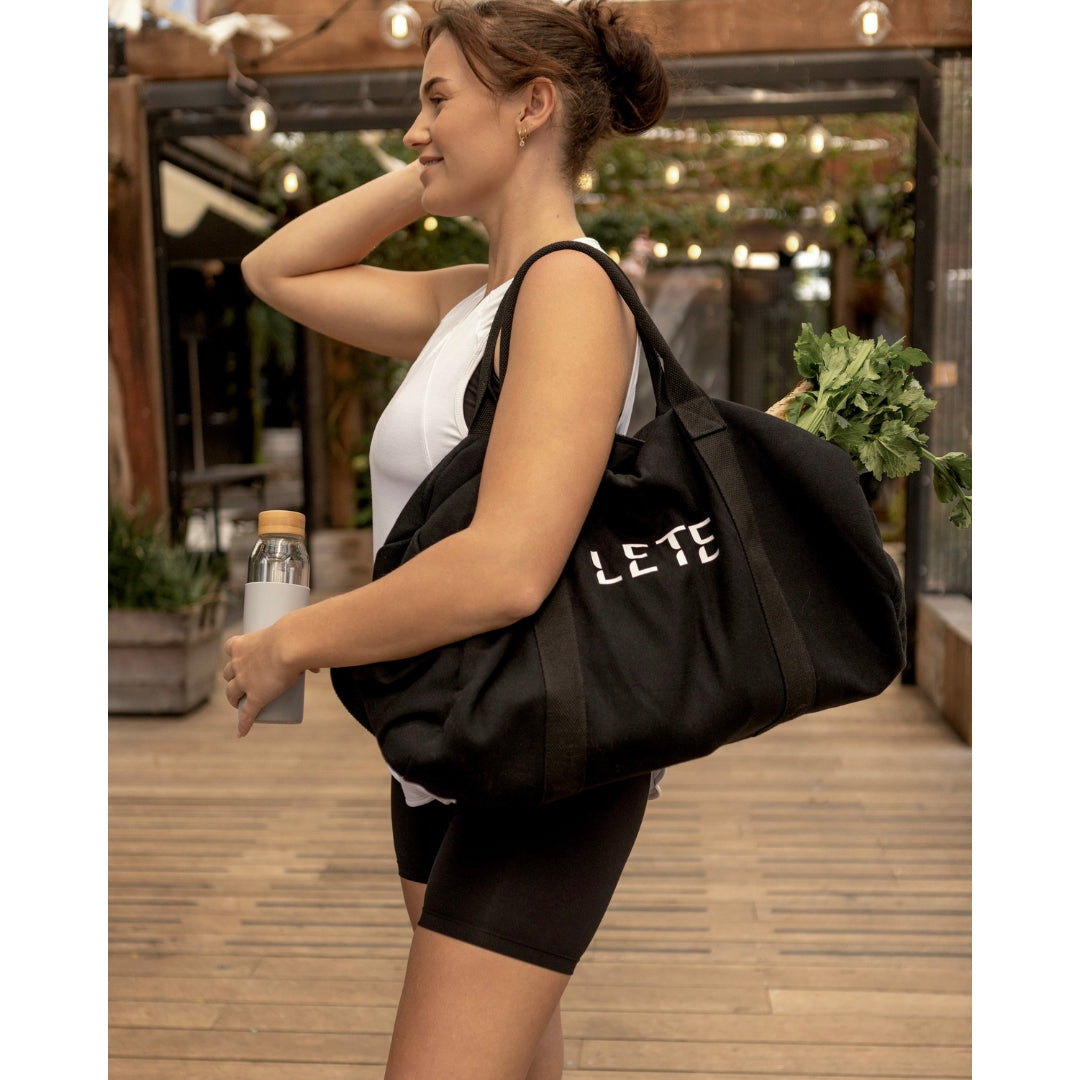
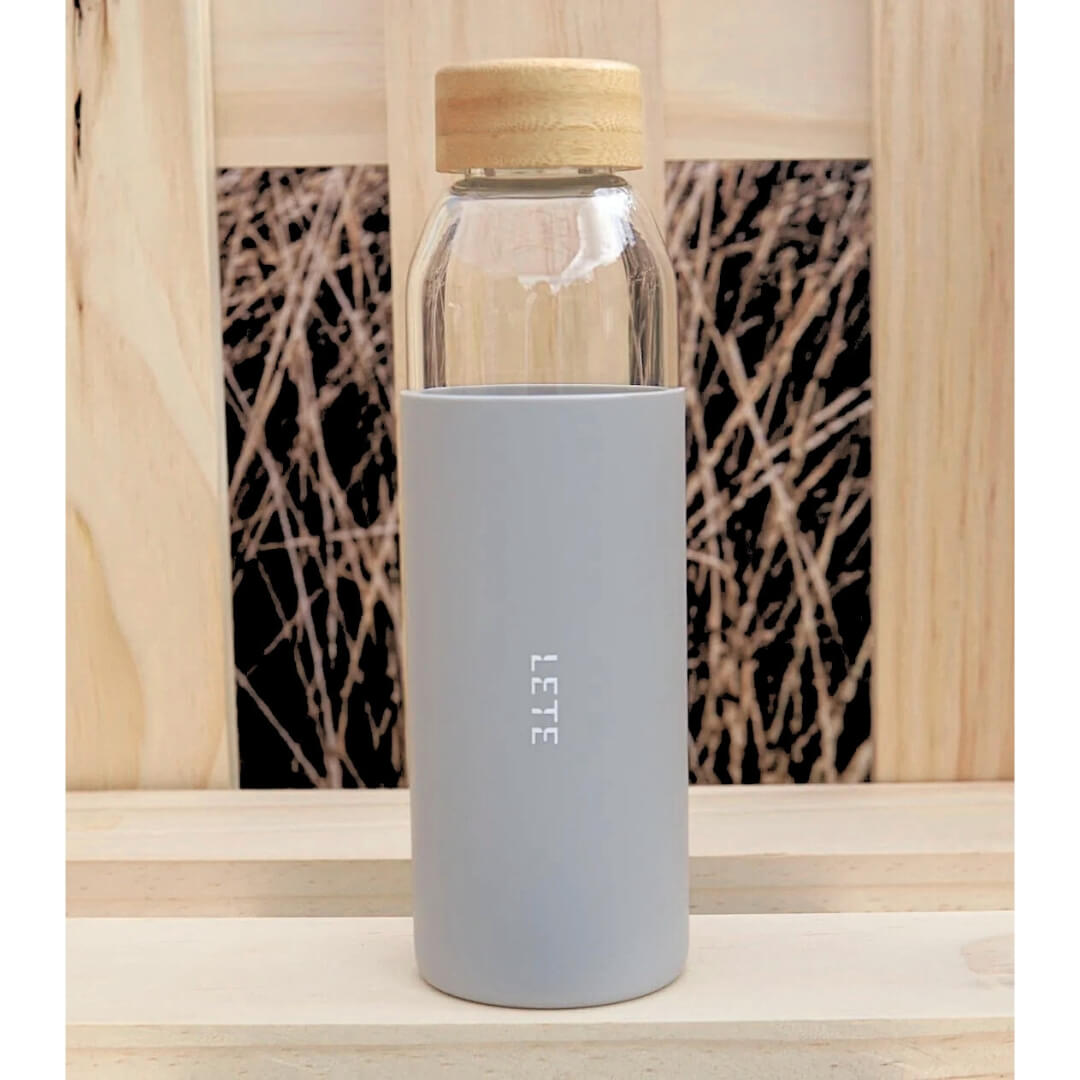
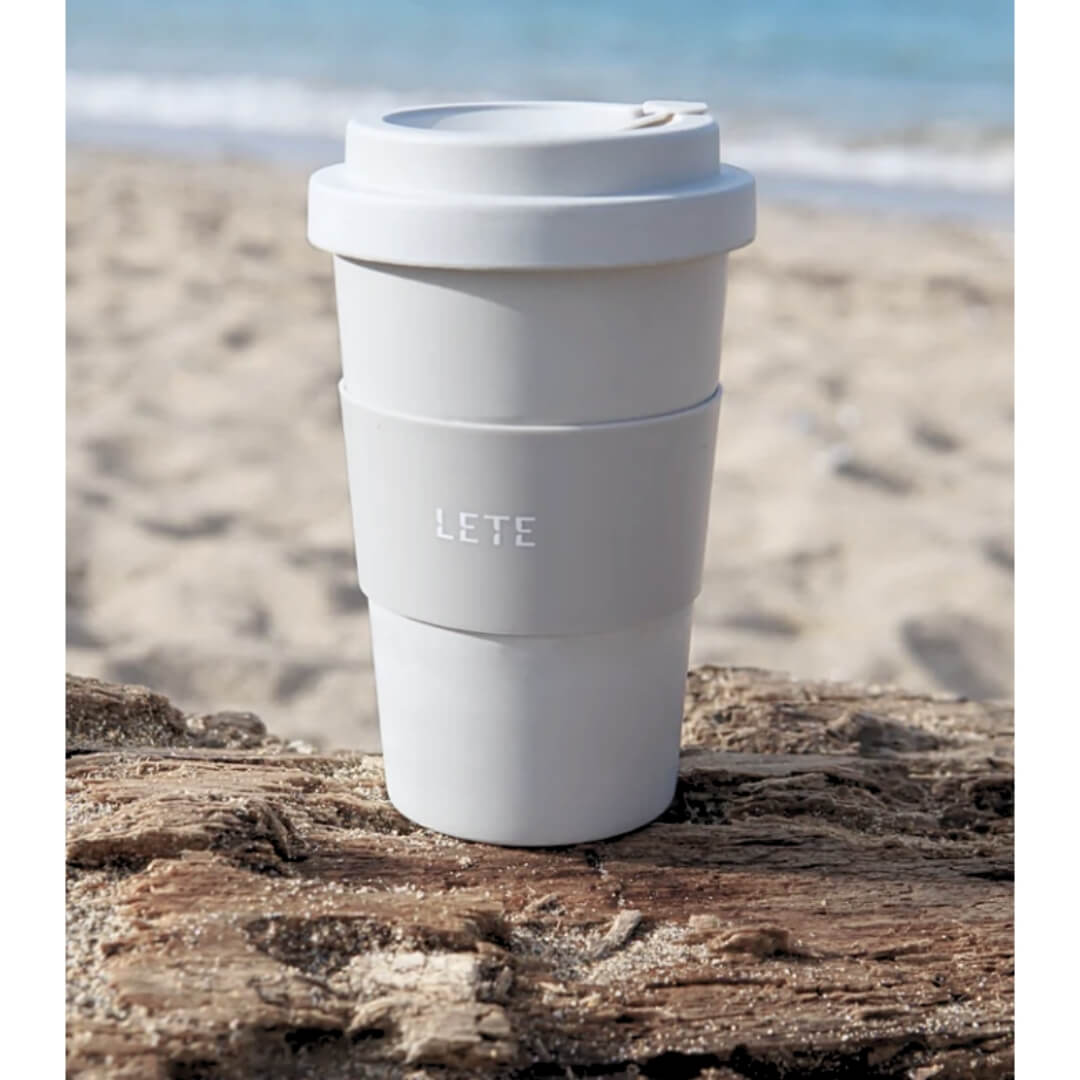

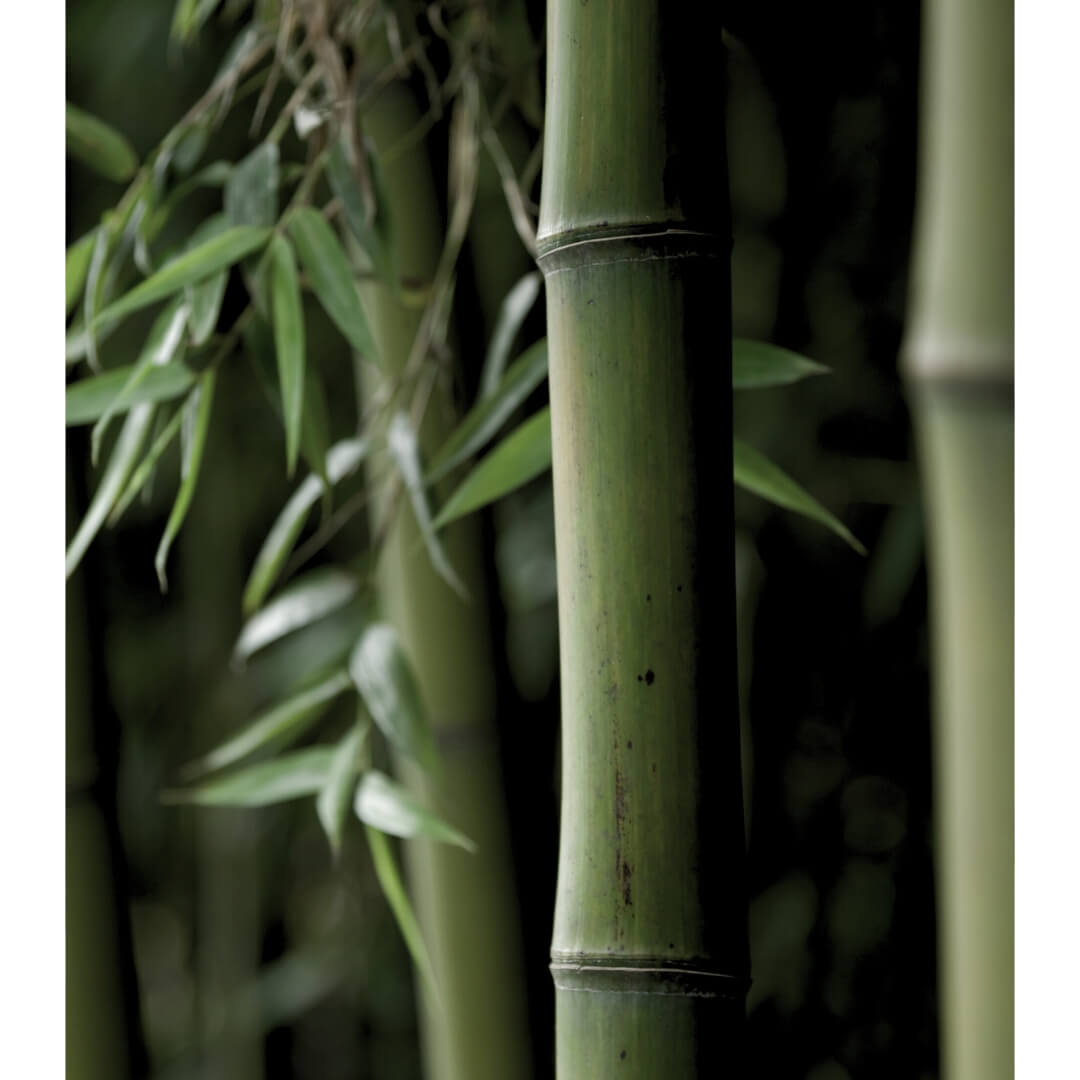

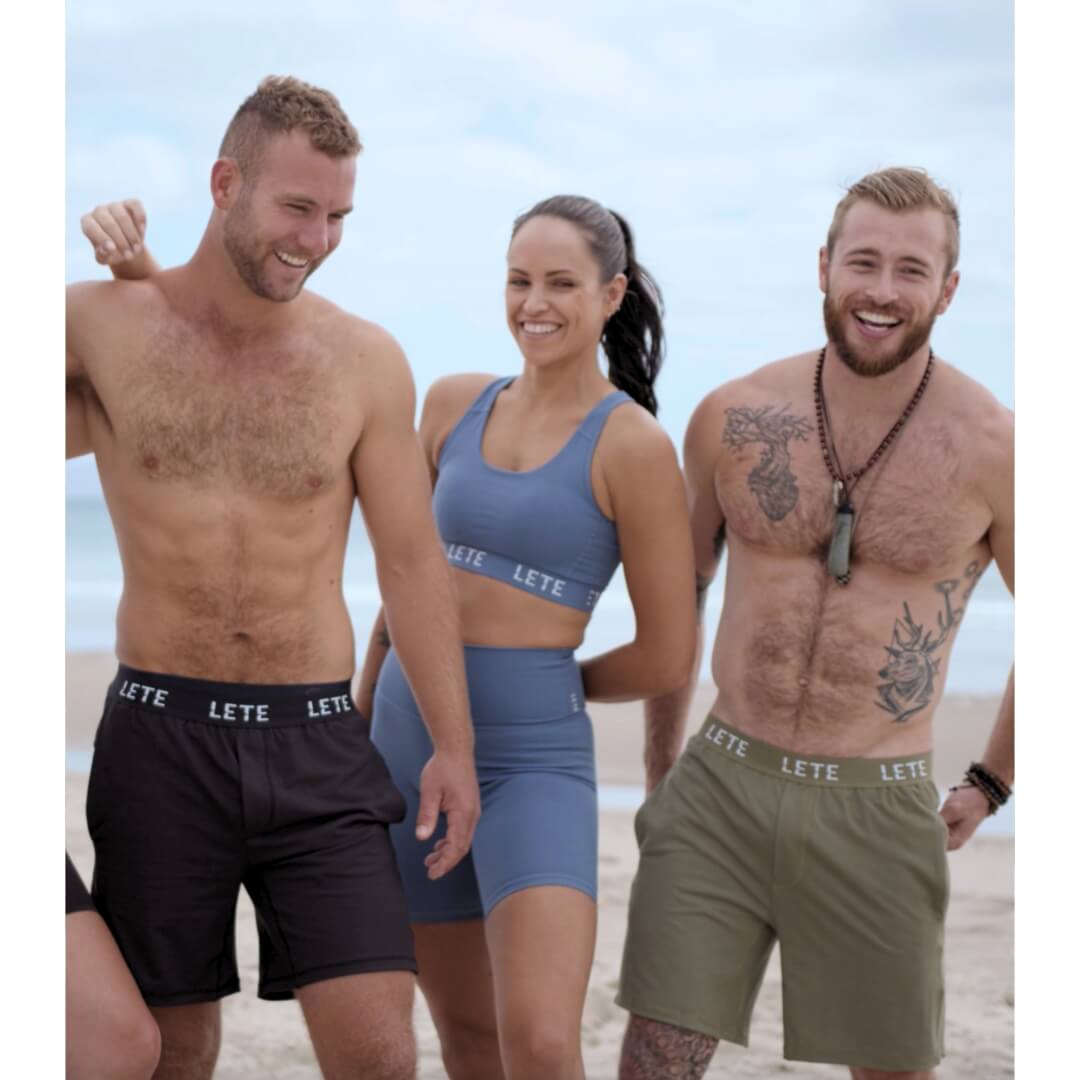




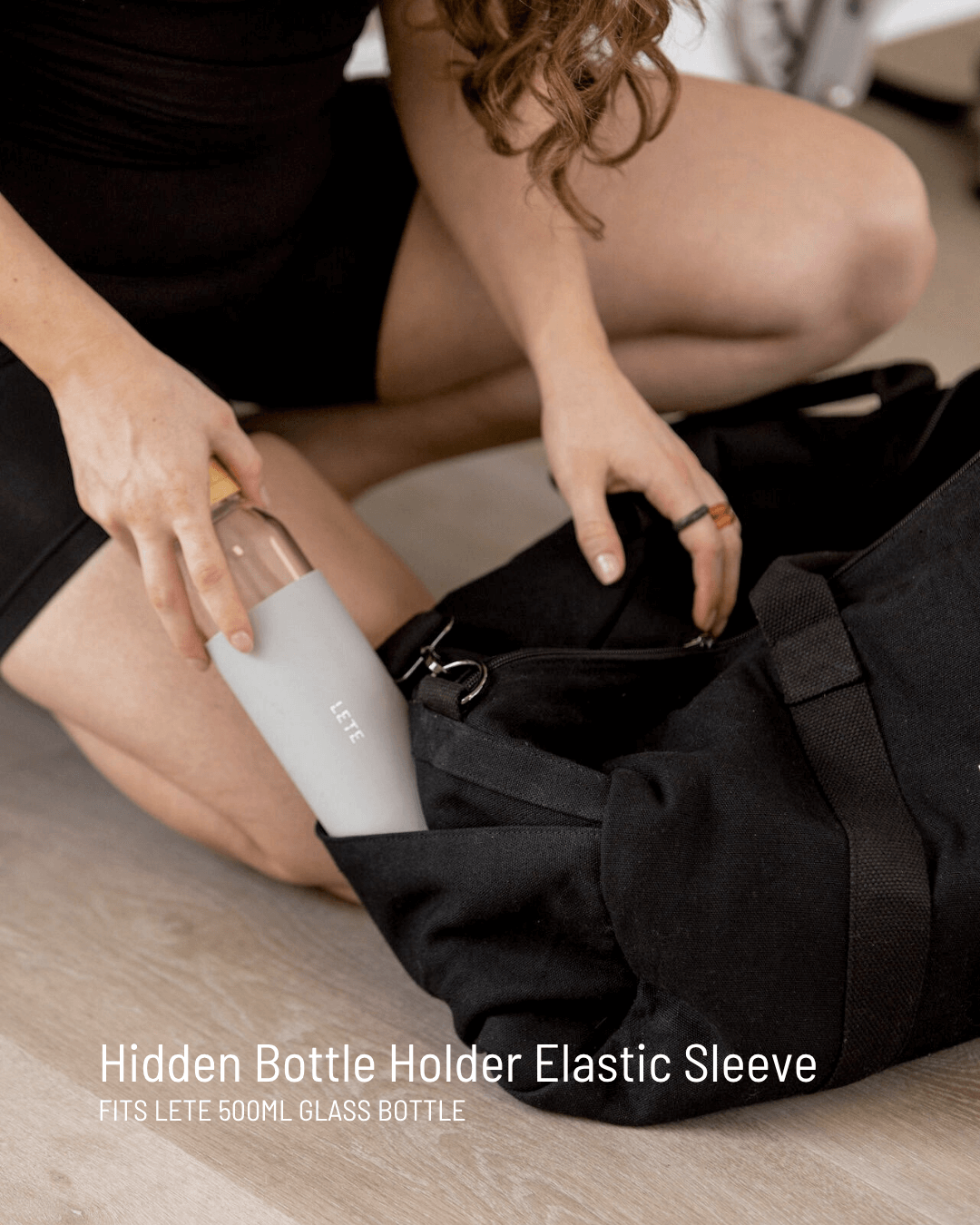





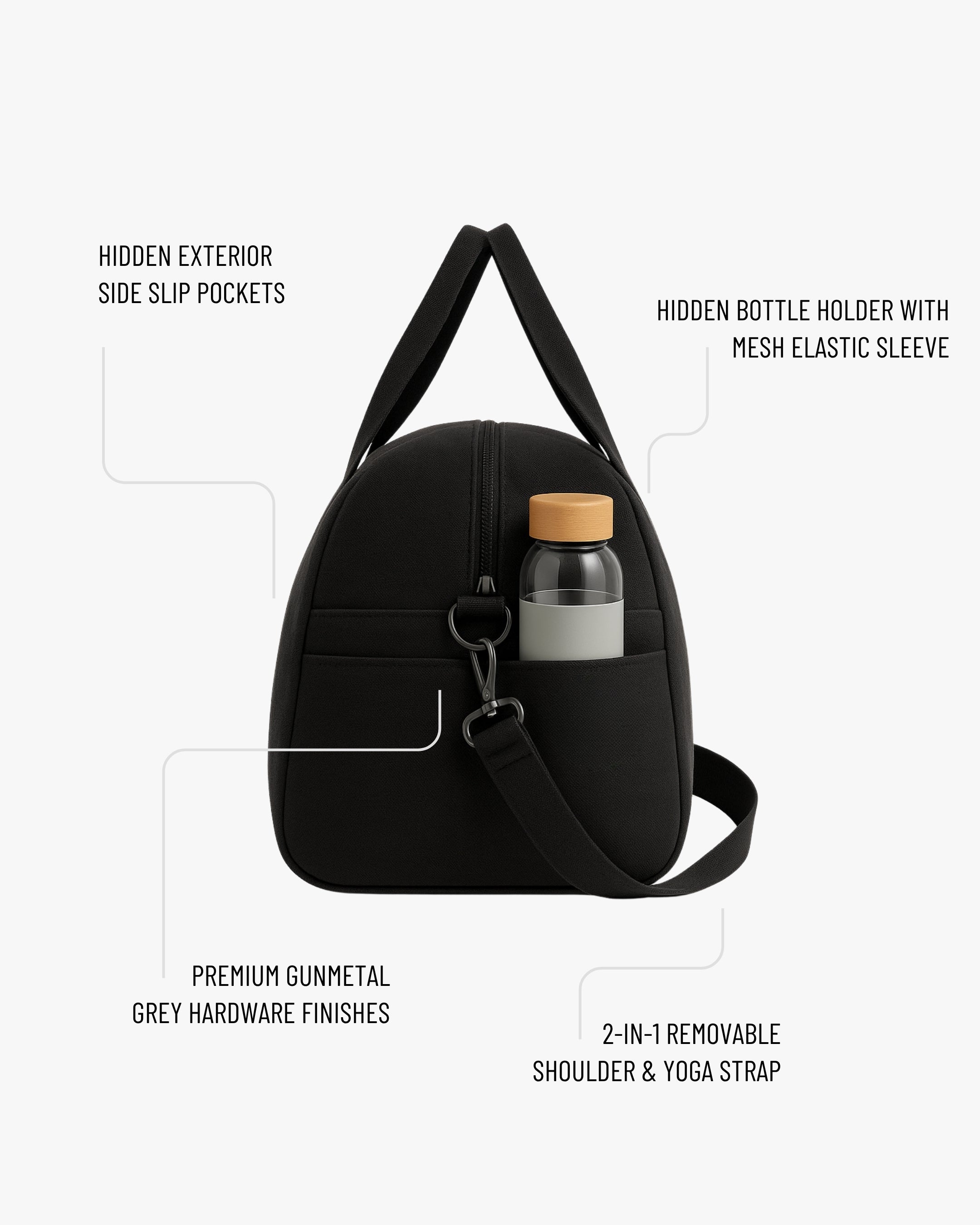
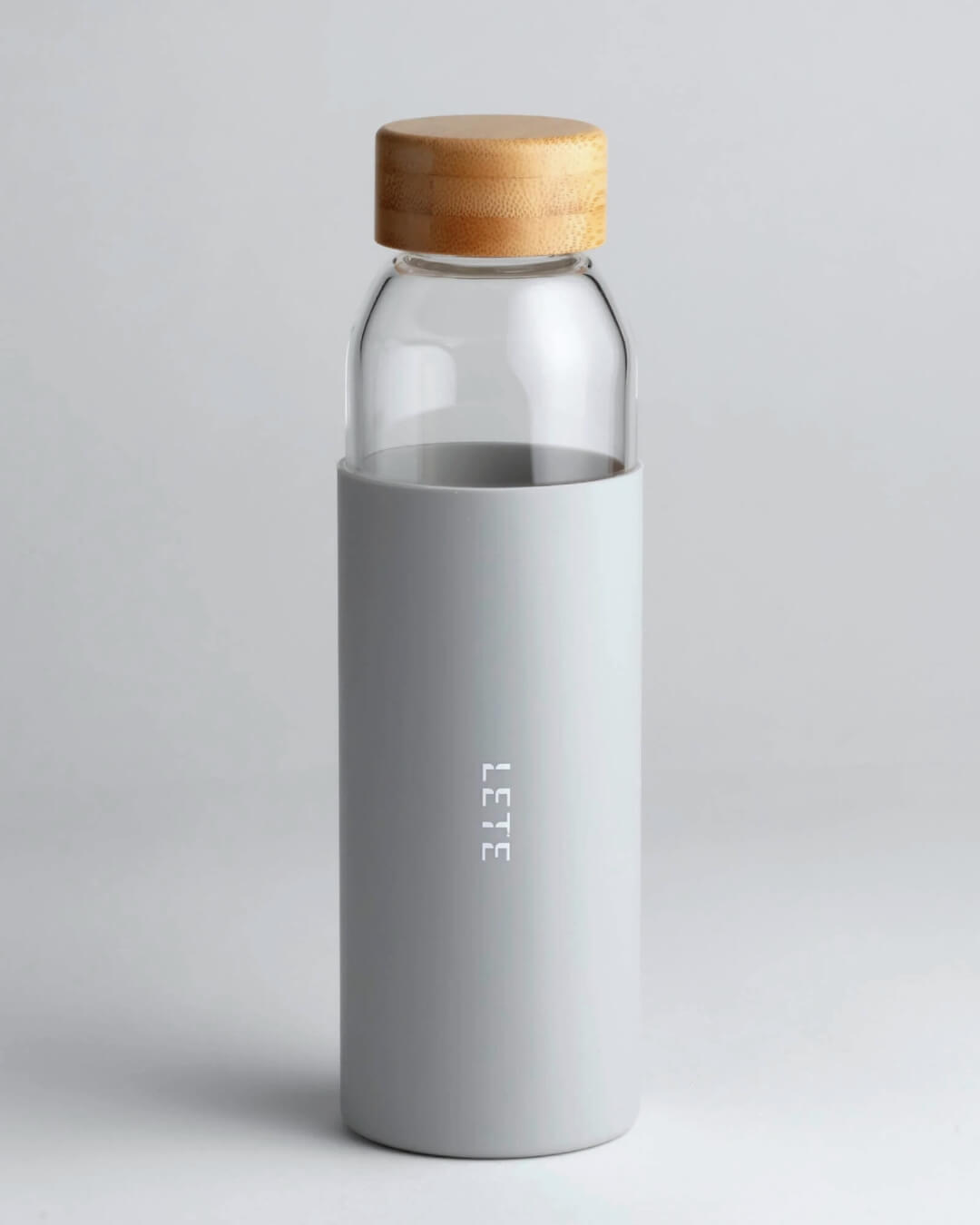
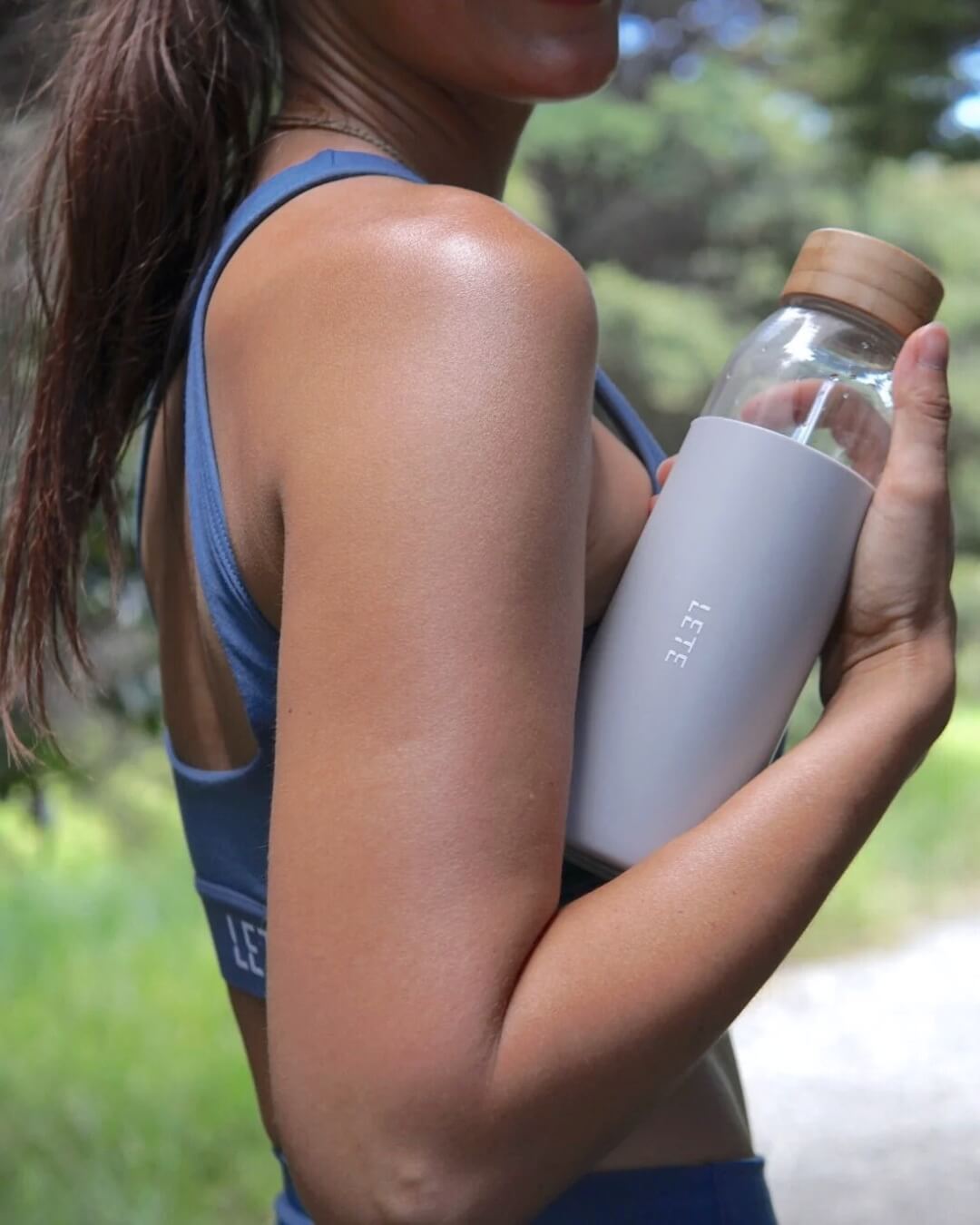
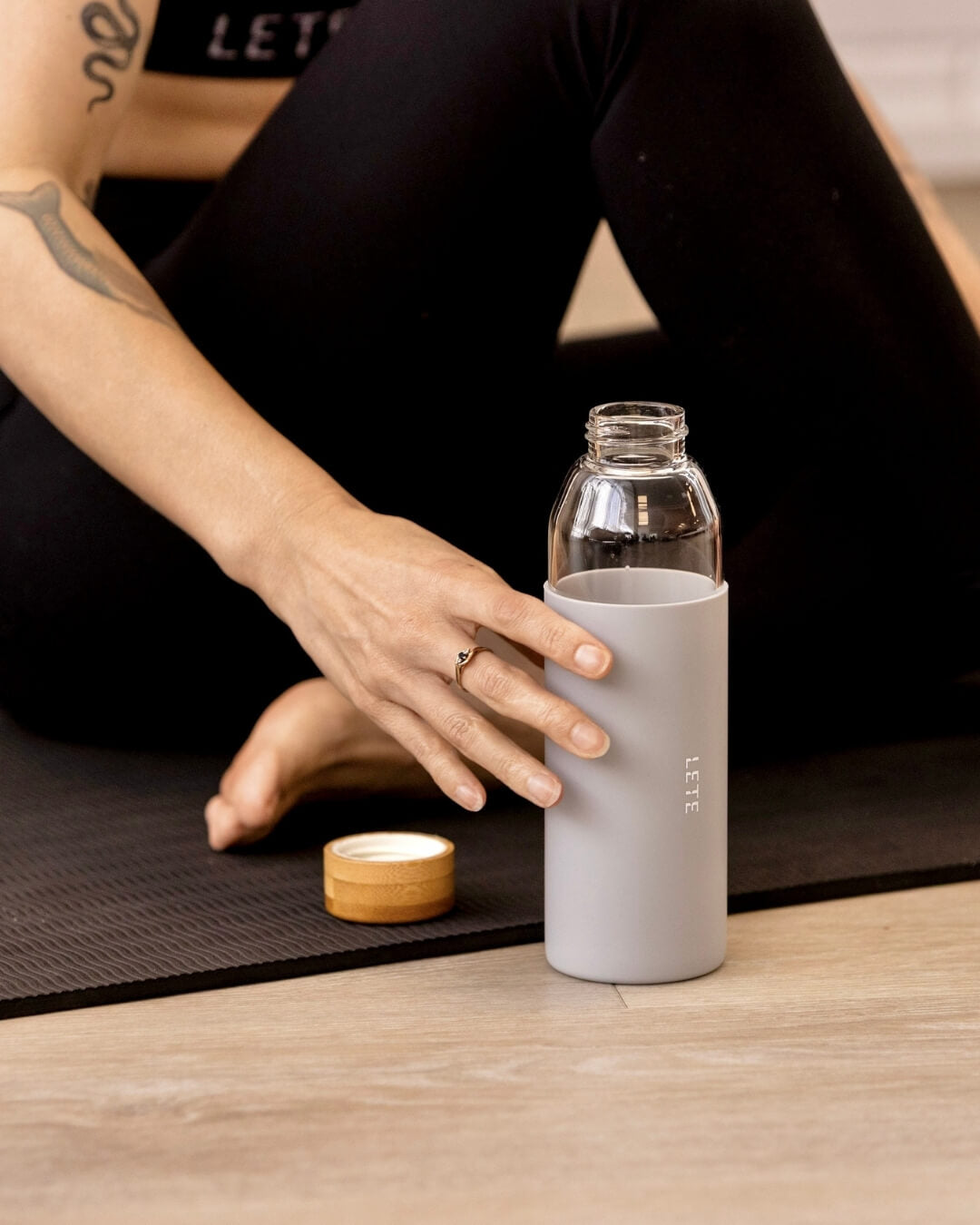
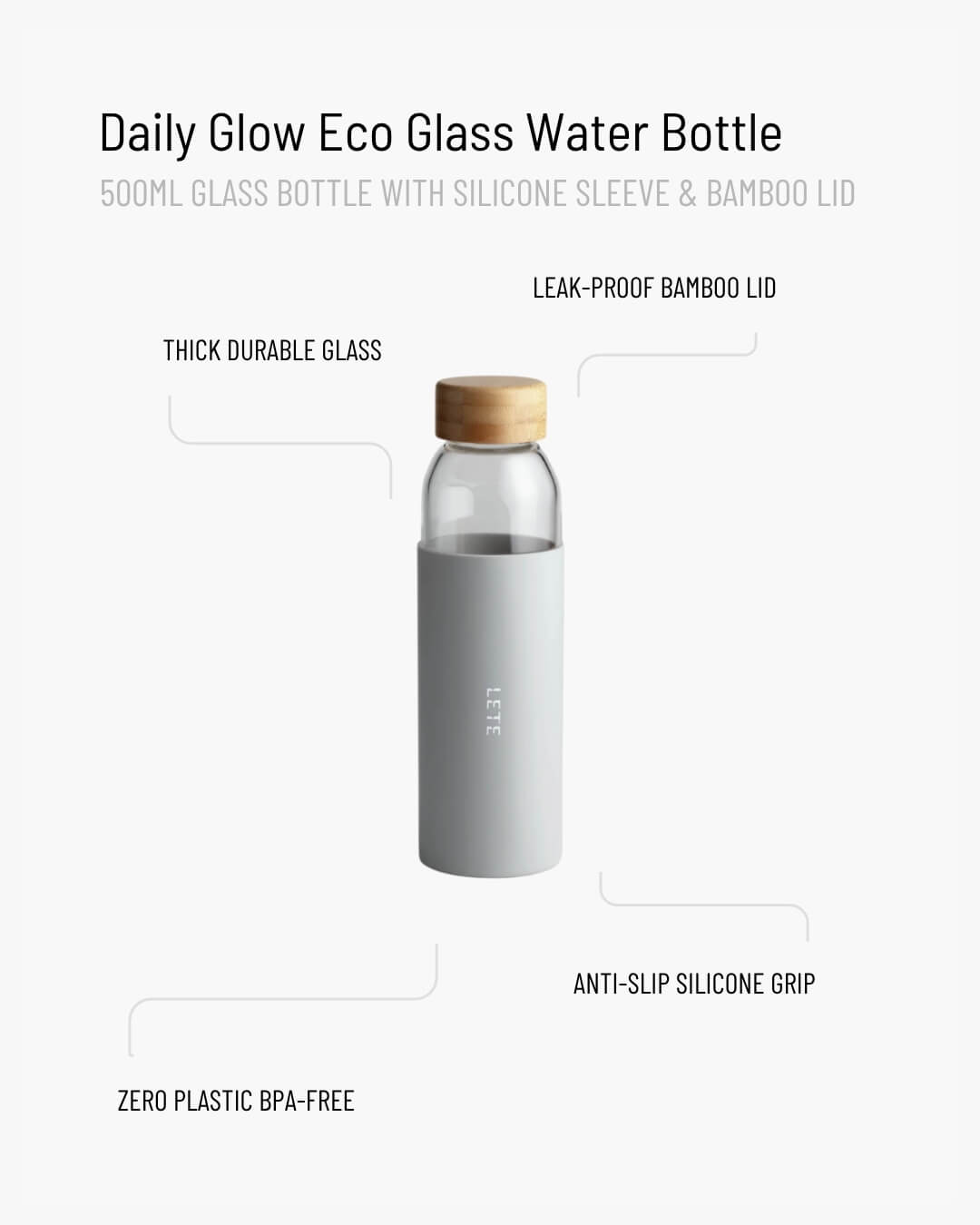
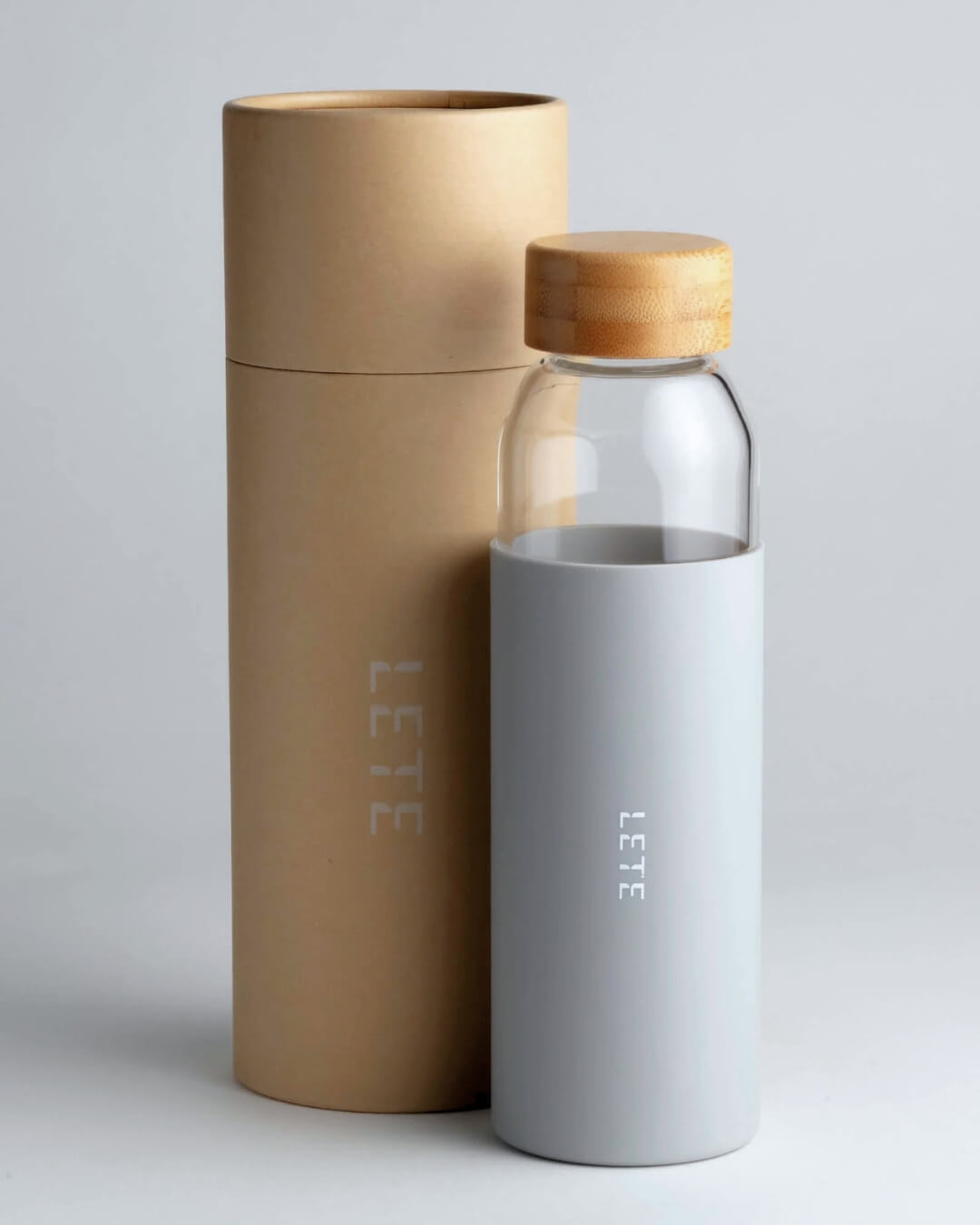
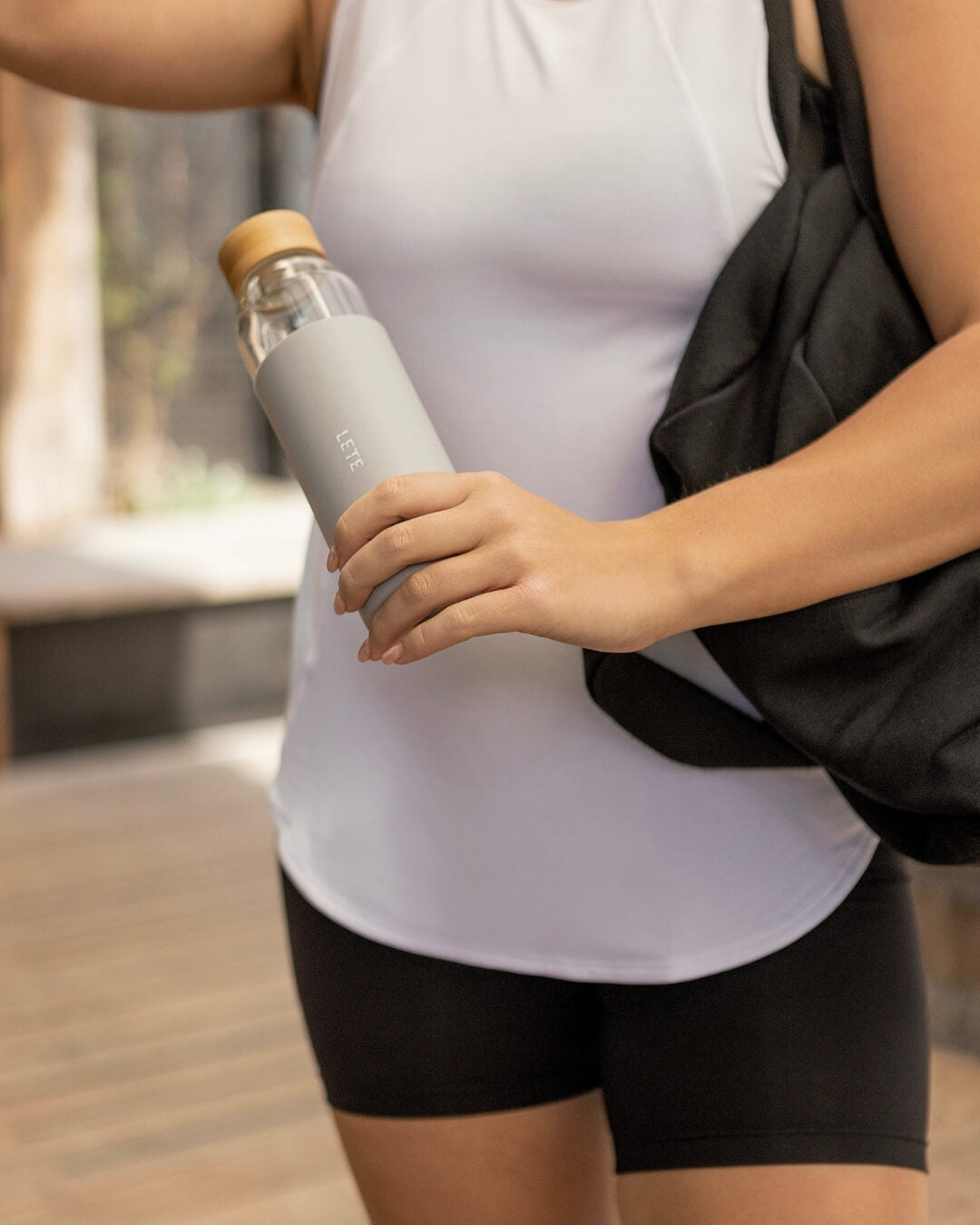
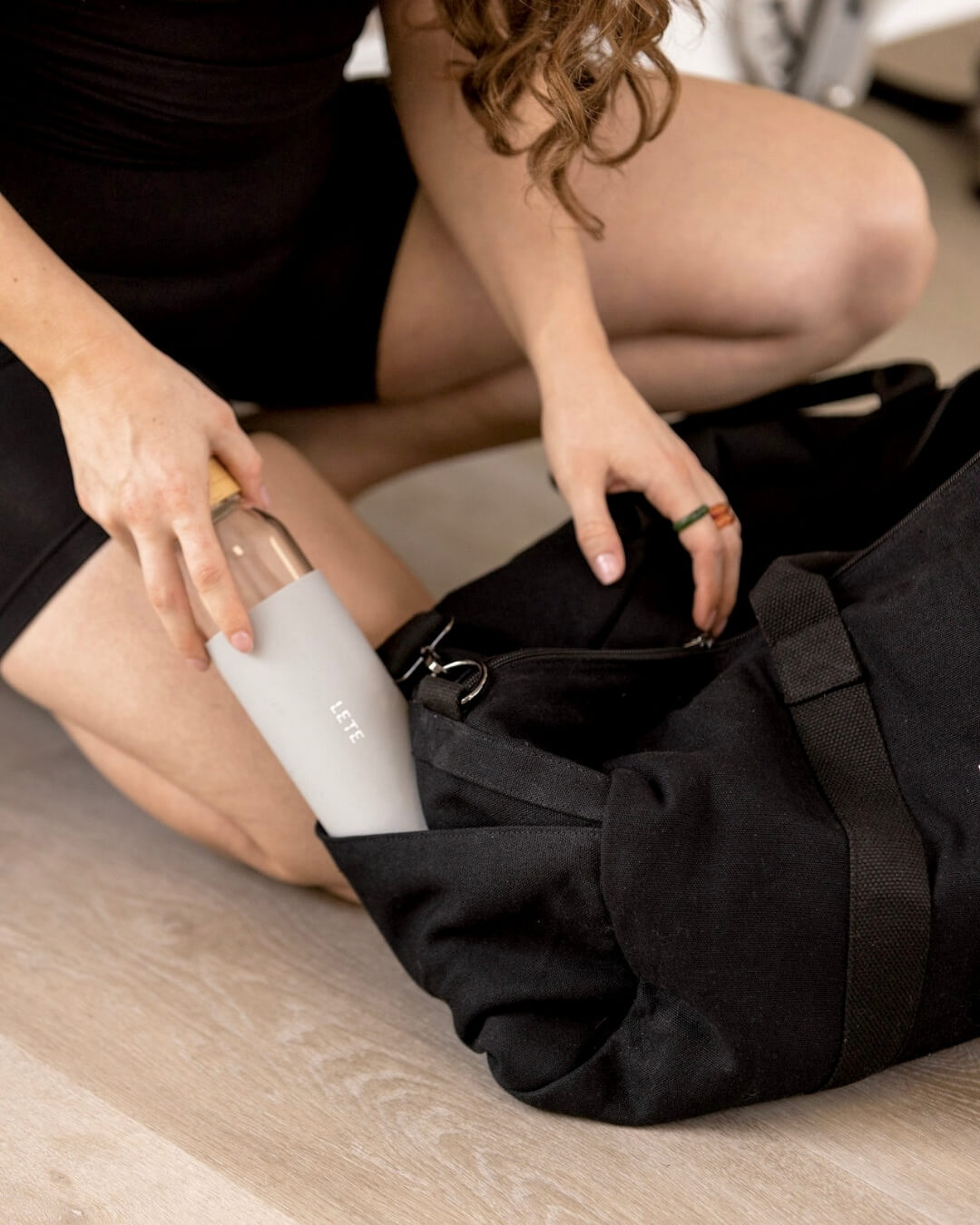
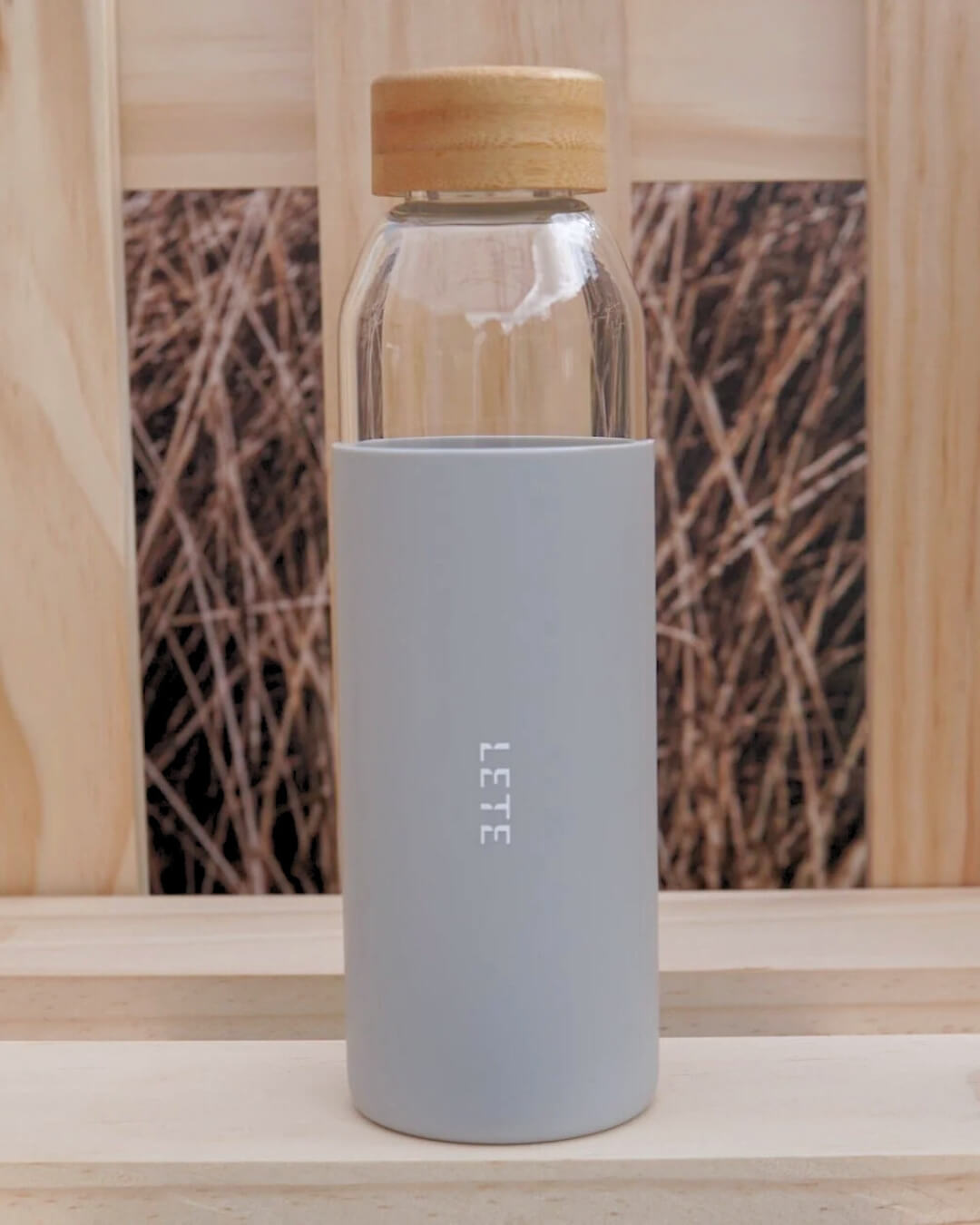
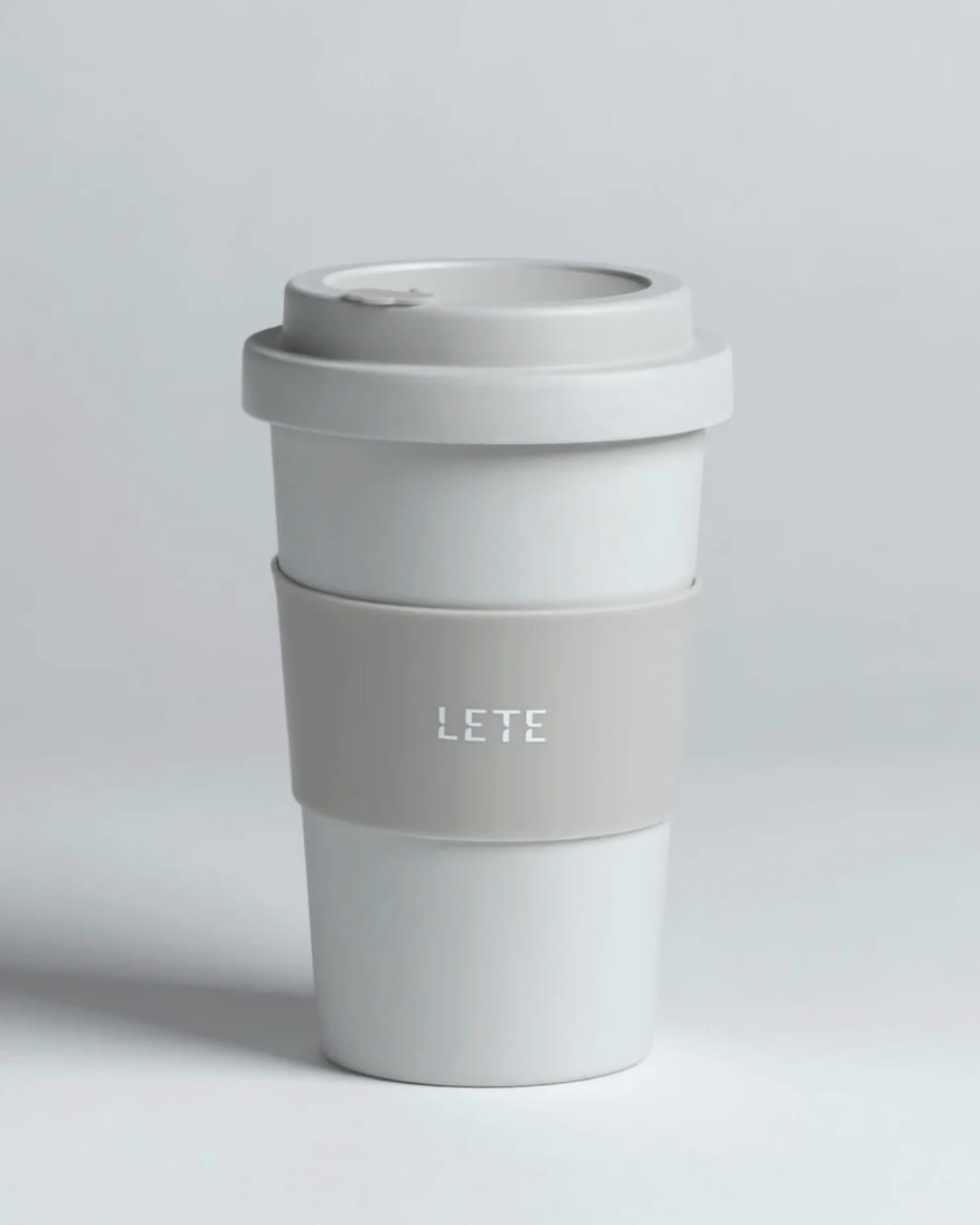


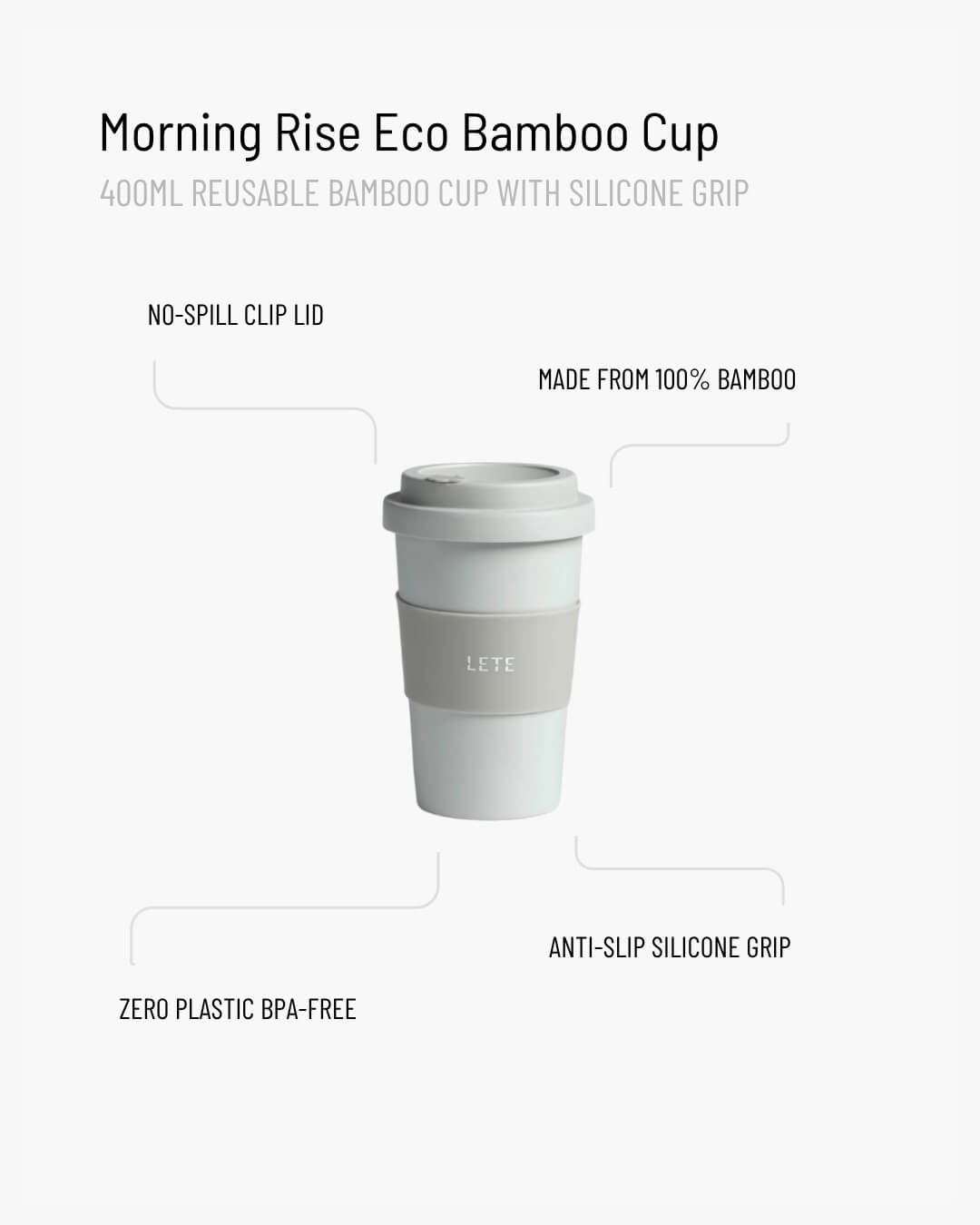


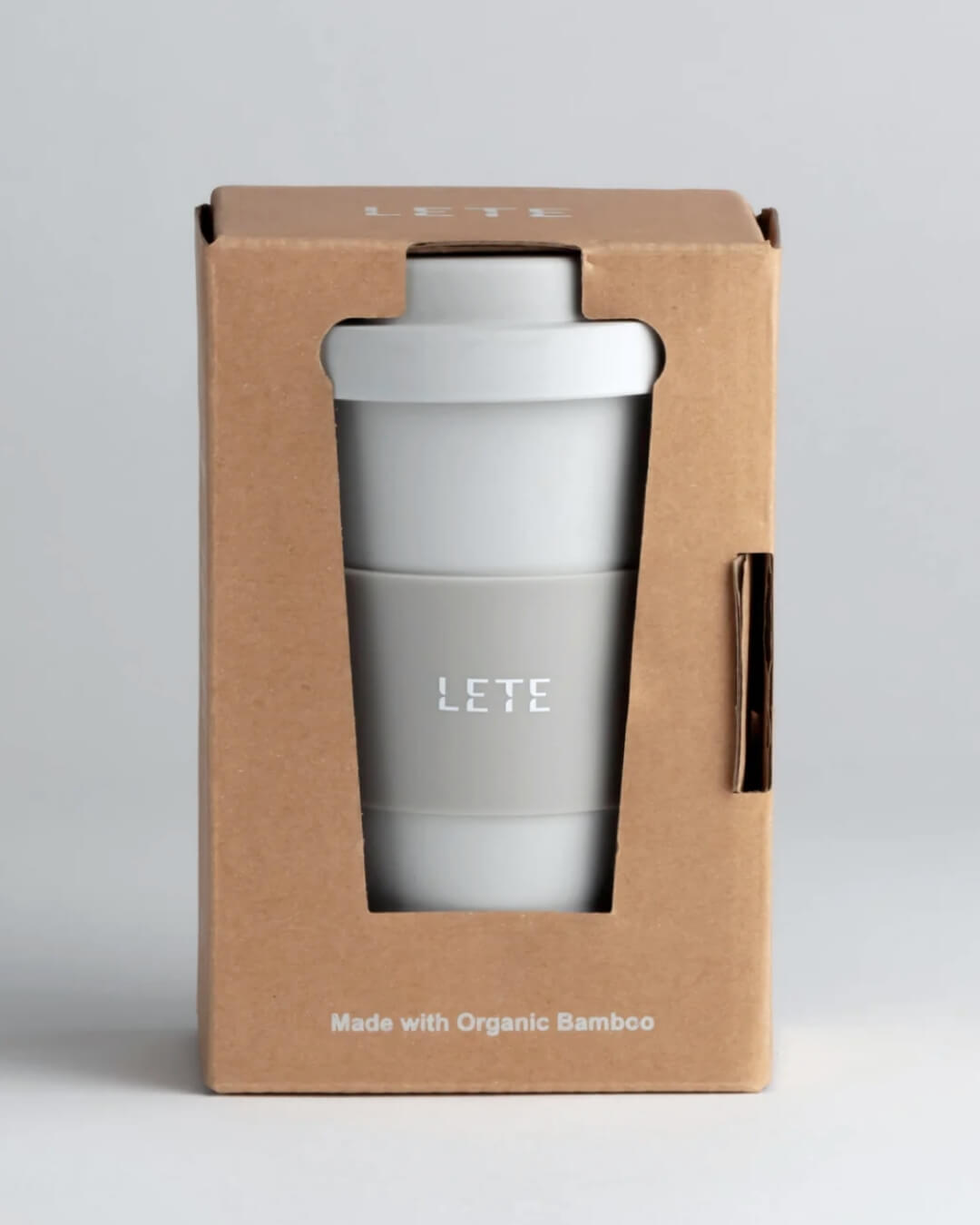


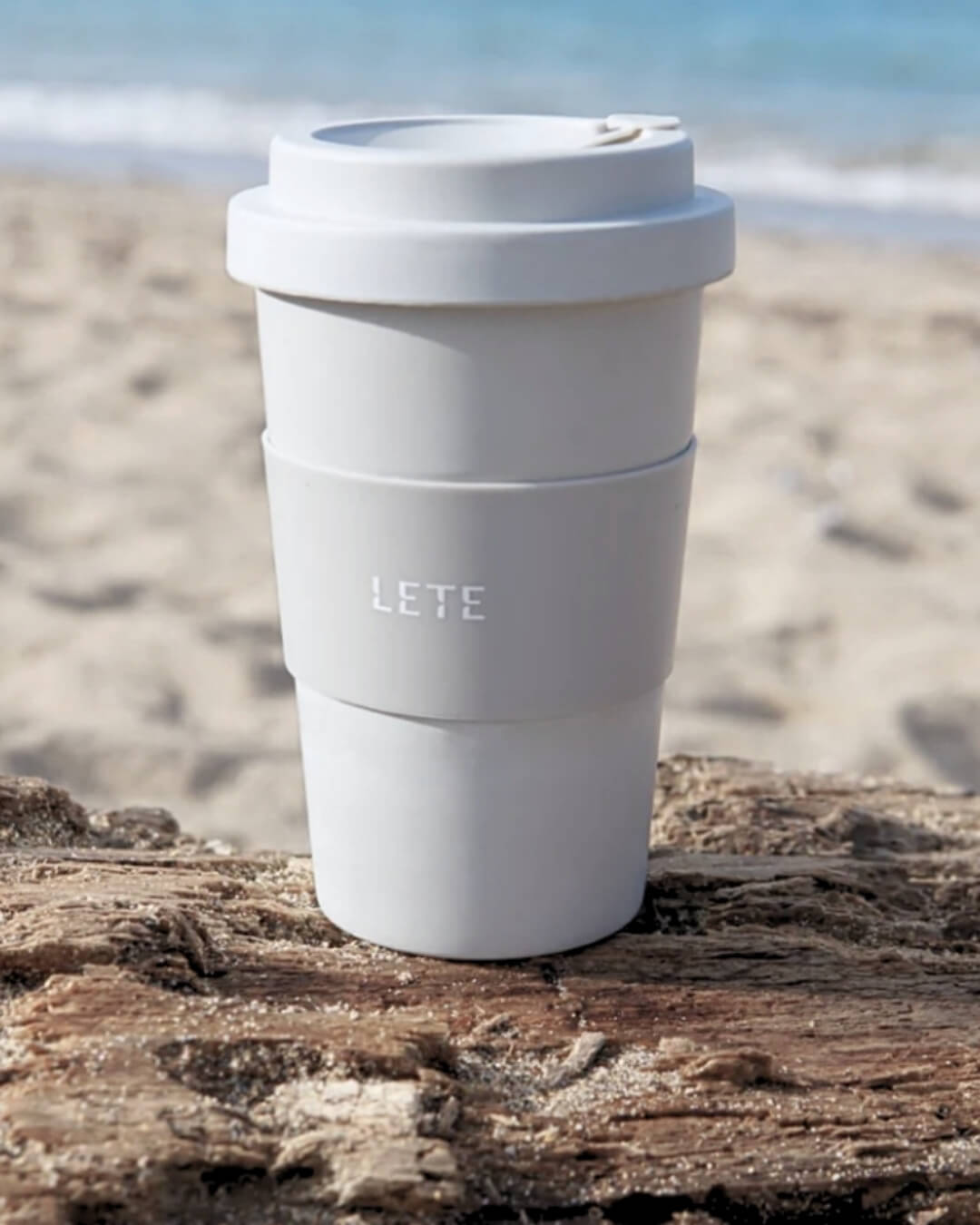
Comments
https://www.greenlivingblog.org.uk/how-to-reduce-living-cost-with-eco-friendlier-home/